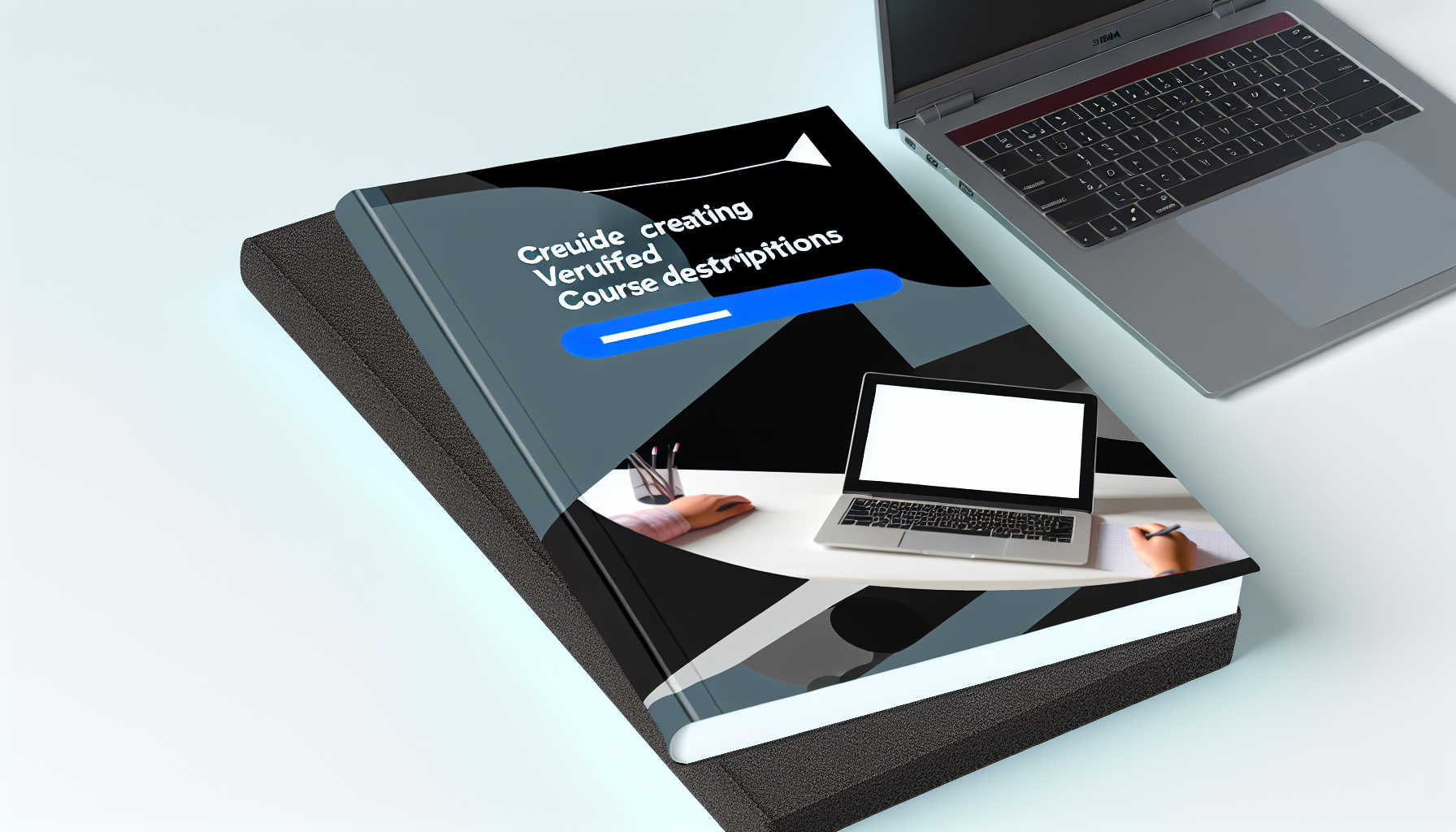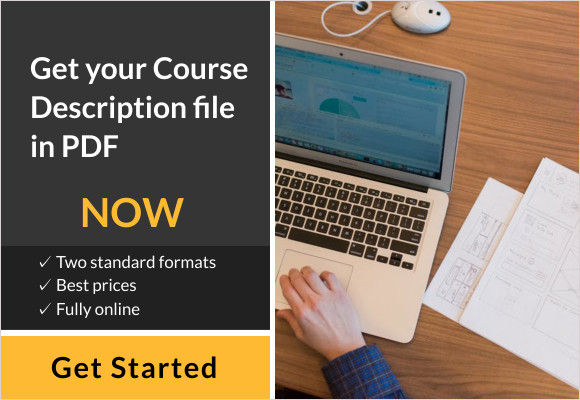Introduction to Course Descriptions
A well-crafted course description is essential in the educational landscape as it serves multiple key functions. Firstly, it acts as the primary marketing tool for the course, helping to attract students by clearly articulating what they can expect to learn and how the course aligns with their academic and career goals. A compelling description can significantly increase enrollment, making it crucial for educators to emphasize relevance and outcomes. For further details on crafting effective course descriptions, you can visit our resources at Course Description.
Essential Components of a Successful Course Description
A compelling course description is crucial for attracting prospective learners and conveying the value of your course. To craft an effective description, focus on the following key components:
1. **Overview**: This section should provide a concise summary of what the course offers. Highlight its uniqueness and relevance in the current educational landscape. Aim to answer the question: “Why should a learner choose this course?” Use engaging language to capture attention.
2. **Objectives**: Clearly define what students will achieve by the end of the course. Use action-oriented statements to outline specific skills or knowledge learners can expect to gain. This encourages potential students by showing them the tangible benefits of enrolling.
3. **Course Outline**: Break down the course into modules or topics. This gives prospective learners insight into the structure and flow of the course, making it easier for them to see how it aligns with their learning goals. Be specific about what each section will cover and how it contributes to the overall objectives.
4. **Engaging Details**: Incorporate elements that resonate with your target audience, such as real-world applications, case studies, or testimonials from past students. This not only enhances the credibility of your course but also illustrates its practical value. For a deeper dive into creating engaging content that stands out in a competitive market, consider exploring additional resources available at Course Description.
Steps to Verify Your Course Description
Verifying your course description is essential for maintaining educational quality and credibility. A well-crafted and accurately verified course description not only serves as a clear roadmap for potential students but also aligns with educational standards that govern curriculum development. Validation ensures that the course content is relevant and meets the learning outcomes expected by accrediting bodies, thereby enhancing the reputation of the institution offering the course.
To gather feedback from educational professionals, consider forming a review committee that includes faculty members, industry experts, and instructional designers. These professionals can provide insights into best practices and suggest necessary adjustments to enhance clarity and effectiveness. Additionally, utilizing surveys or focus groups to collect input from current students can offer valuable perspectives on how well the course description communicates essential information.
Ensuring accuracy and alignment with educational standards can be achieved through thorough literature reviews and comparisons with established curricular frameworks. Familiarize yourself with relevant accreditation guidelines and benchmarks within your discipline to ensure that your course adheres to recognized standards. Implementing periodic reviews and updates of course descriptions in response to curriculum changes or research developments will keep the content dynamic and applicable. For further resources on creating and validating course descriptions, visit Course Description.
Designing Your Course Description File Professionally
Having a verified course description file is essential in ensuring transparency and clarity in educational programming. This document serves as the backbone of a course, providing students and faculty with crucial information such as learning objectives, prerequisites, and assessment methods. A well-crafted course description not only enhances institutional credibility but also aids students in making informed decisions about their learning paths. For further assistance in creating and verifying your course descriptions, consider utilizing resources such as Course Description, which offers comprehensive guides and tools tailored for educators.
For those looking to delve deeper into effective course material creation, several additional resources can be invaluable. Websites like EDUCAUSE provide a wealth of information on instructional design and best practices in curriculum development. Additionally, platforms such as TeachThought offer insights into innovative teaching strategies and learning technologies. Engaging with these resources will empower you to produce high-quality educational materials that resonate with your students and enhance their learning experience.
Conclusion and Additional Resources
In conclusion, crafting a successful course description necessitates a thoughtful approach that encompasses clarity, engaging content, and alignment with educational standards. By focusing on essential components, verifying course descriptions, and designing them professionally, educators can ensure that their course offerings meet student needs and institutional goals. Don’t hesitate to utilize the various resources available to support this important aspect of course development.










